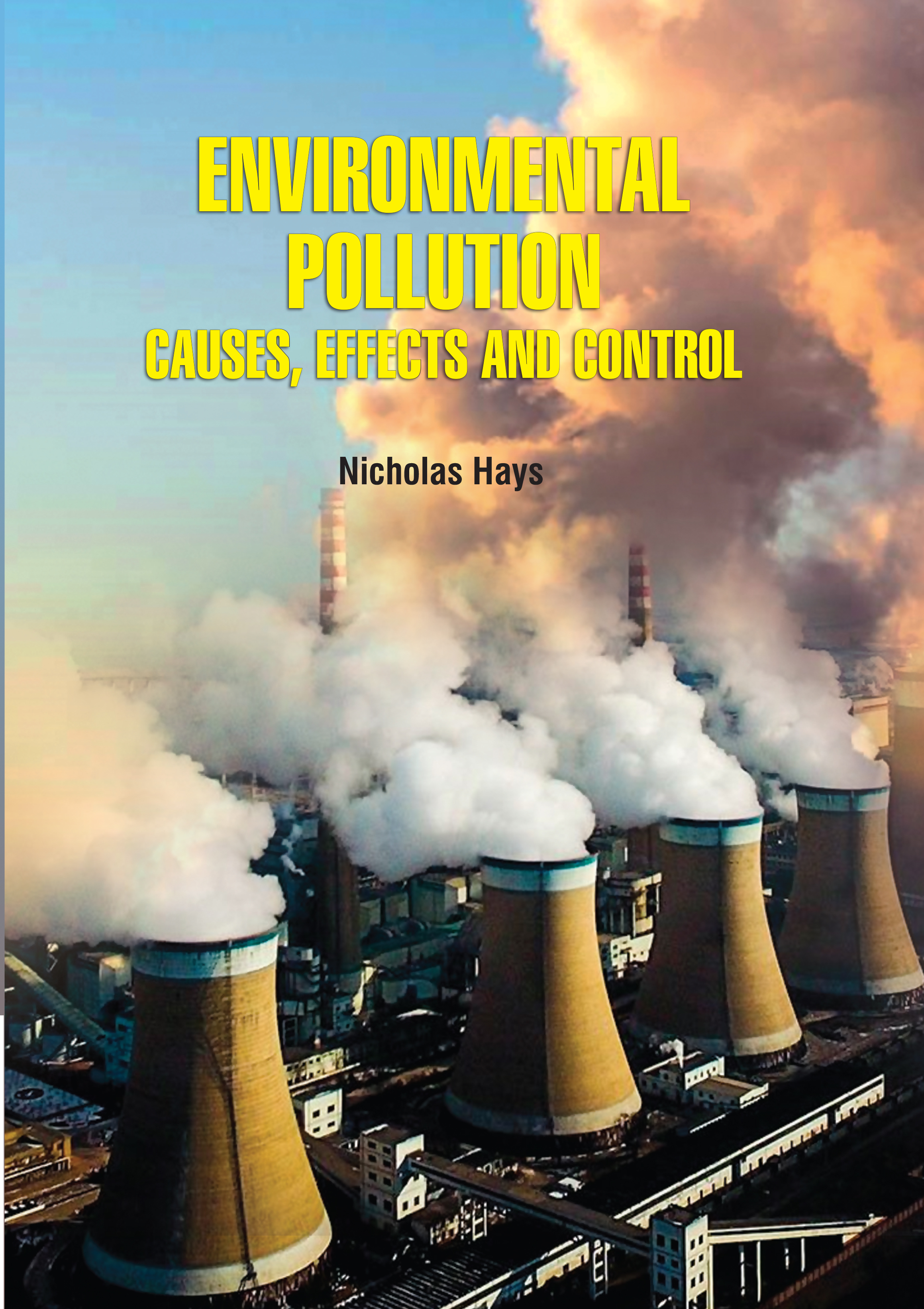
Environmental Pollution Causes, Effects and Control
by Nicholas Hays
| ISBN | 9789372423433 |
|---|---|
| Publisher | Digital Drive Learning |
| Copyright Year | 2026 |
| Price | $262.00 |

by Nicholas Hays
| ISBN | 9789372423433 |
|---|---|
| Publisher | Digital Drive Learning |
| Copyright Year | 2026 |
| Price | $262.00 |
Environmental pollution is any discharge of material or energy into water, land, or air that causes or may cause acute (short-term) or chronic (long-term) detriment to the Earth's ecological balance or that lowers the quality of life. Pollutants may cause primary damage, with direct identifiable impact on the environment, or secondary damage in the form of minor perturbations in the delicate balance of the biological food web that are detectable only over long time periods. Pollution is the introduction by man into the environ-ment of contaminants that cause harm or discomfort to humans or other living organisms, or damage the environment Pollution can be in the form of chemical substances, or energy such as noise, heat, or light. Pollutants can be naturally occurring substances or energies, but are considered contaminants when in excess of natural levels. Pollution is often categorized into point source and no point source pollution. An important aspect of the notion of pollution is that ecological change must actually be demonstrated. If some potentially polluting substance is present at a concentration or intensity that is less than the threshold required to cause a demonstrable ecological change, then the situation would be referred to as contamination, rather than pollution. Some other elements can be present in very large concentrations, aluminum and iron, which are important constituents of rock and soil. Aluminum constitutes 8-10% of the earth’s crust and iron 3-4%. However, almost all of the aluminum and iron present in minerals are insoluble in water and are therefore not readily assimilated by biotic community and cannot cause toxicity. In acidic environments, however, ionic forms of aluminum are solubilized, and these can cause toxicity in concentrations of less than one part per million. Aim of this book is to bridge the gap between traditional materials on pollution and quantitative and technical aspects that are the essence of most advanced environmental pollution.